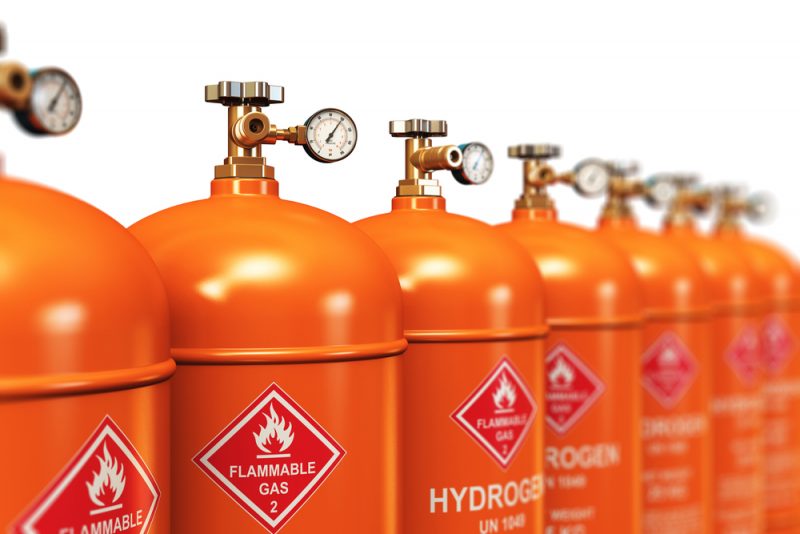Lawrence Livermore National Laboratory discovers key ingredient for hydrogen storage

In a bolster to Department of Energy efforts to find an inexpensive method of energy storage, the Lawrence Livermore National Laboratory (LLNL) has announced advancements in hydrogen storage technology.
Hydrogen storage allows for hydrogen-fueled transportation systems and has the potential to increase both grid resiliency and energy storage. As the world has already seen, fuel cell vehicles on the road today can travel hundreds of miles on a few kilograms of hydrogen, which also cuts into the carbon footprint. Their issue, however, is that they require high-pressure hydrogen storage tanks to operate, which experiments like the one at LLNL hope to eliminate.
“The insights provided by our study are an important step toward unlocking the potential of this material for solid-state hydrogen storage,” LLNL physicist Keith Ray said.
Using a material with high hydrogen content and thermodynamics capability, the lab says that if properly developed, solid-state hydrogen storage could allow for more compact onboard storage and reduced operating pressures. The lab has already found a stage of hydrogen exposure by which their materials operate without the formation of intermediate compounds, which inhibit the speed of refueling for hydrogen vehicles.
“We showed that if you can combine spectroscopy, first principles calculations and kinetic modeling, it’s possible to understand the reaction pathway and specific chemical mechanism in a way that hasn’t been done before,” Tae Wook Heo, LLNL materials scientist and co-author, said.
The research continues as part of a wider study of complex metal hydrides as conducted through the DOE’s Hydrogen Storage Materials–Advanced Research Consortium, with work funded by the Office of Energy Efficiency and Renewable Energy, Fuel Cell Technologies Office.
